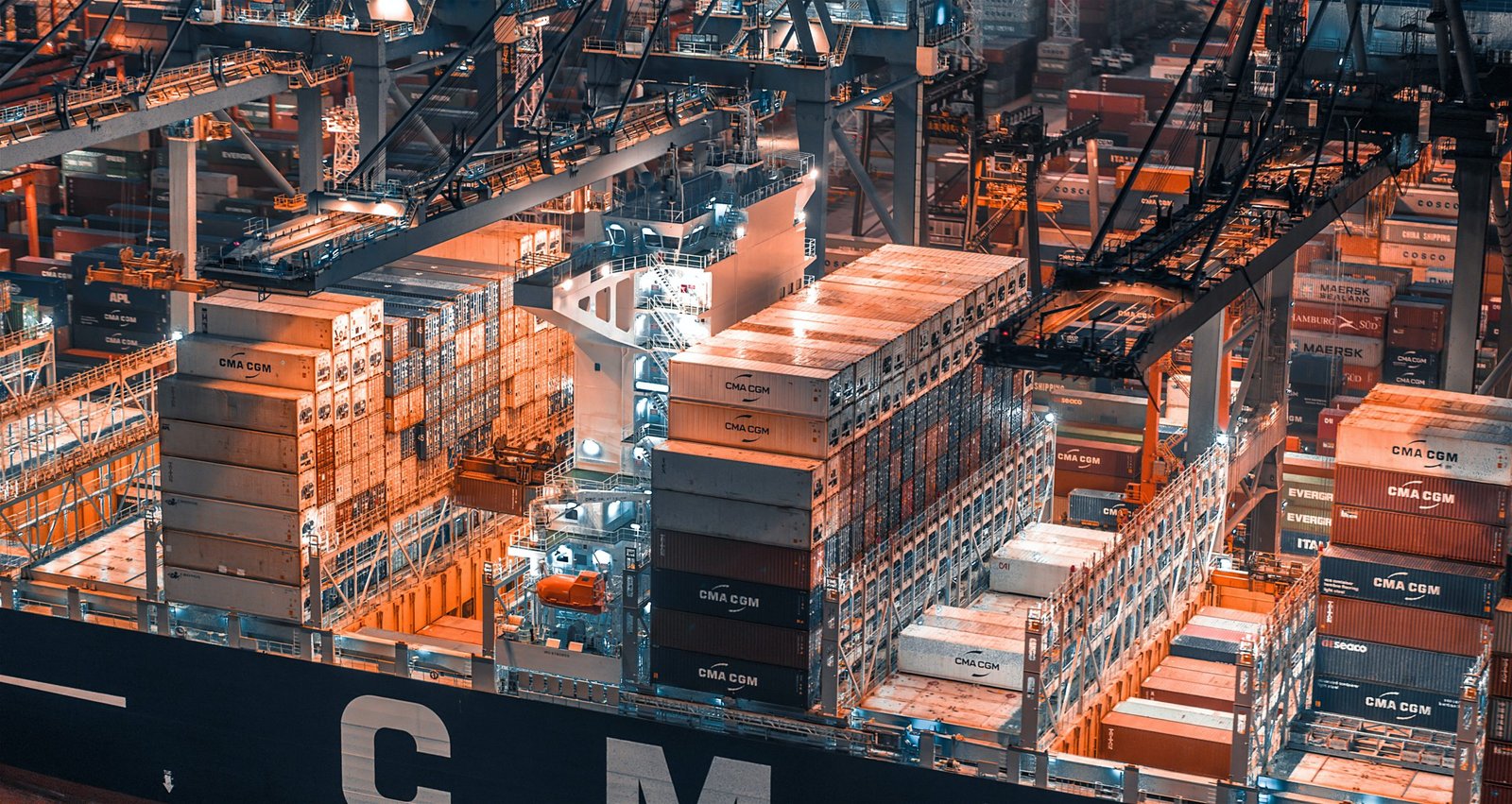In a recent blog we discussed how the Industry 4.0 revolution is transforming the world of the warehouse. Making those first big strides into a digital environment is a must to keep your business working as efficiently as possible with costs as low as possible without sacrificing quality. For those companies that are already taking the plunge and seeking to race ahead to what’s next before everyone else can catch up, here’s a look at some of the most cutting-edge technology that is currently starting to ramp things up a notch in the warehouse industry.
Indoor Positioning Systems (IPS)
We talked about the power of the Internet of Things in our last
blog, but IPS takes it a step farther where you’re not just tracking your boxes, but all of your assets, including personnel and vehicles in the facility. This is an efficiency analysis on overdrive in which you can detect bottlenecks and eliminate them before they cause delays, ensure vehicles are being used, maintained, and stored properly, and even check the current location and path of motion of personnel over a specific period. If one employee is taking three times as long as the rest to do the same job because they’re ducking out for a smoke break every hour, you’ll know about it. This type of system even acts as your company’s own personal traffic cop, sending warnings to employees and vehicles alike when someone is too close to where a vehicle is operating or dangerous equipment is being used.
Warehouse Execution System (WES)
We learned about the prowess of the Warehouse Management System (WMS) in our last piece. The WES upgrade combines WMS with a Warehouse Control System (WCS), which is responsible for product flow across sub-systems such as conveyors and carousels. The WES is a hybrid of the two that coordinates both equipment and labor with dynamic optimization in facilities with a high degree of automation. Not surprisingly, Artificial Intelligence (AI) plays a huge role in the WES, seeking out patterns and creating actionable insights to push the envelope closer and closer to the idea of the completely unmanned warehouse that doesn’t even need the lights on to operate at maximum efficiency.
Robotics: One cannot discuss AI without including robotics, a field making huge strides in both the handling and transportation needs of warehouses. Many logistics companies have made the move to robotics as a safety upgrade in loading and unloading containers. No robot is going to slip a disc lifting a box, but their human equivalent could suffer a career-threatening injury doing so that results in workman’s comp and more stress on the company healthcare plan. Even more exciting is the combination of robotics with enhanced vision systems. An industrial robot arm can be paired with a vision system to recognize what a product is and move it accordingly.
Conclusion
Automation today can be categorized into three pillars:
● State of the art: The things that have long-since been perfected and are proven reliable.
● Industry 4.0: The things that are scalable, adaptable, and transferable.
● Hybrids of the previous two
Agility and ease-of-use are prime components in all of these systems, which are not replacing people as many long feared, but instead enhancing their performances while giving them more opportunities to spend time with key decisions that will improve the company going forward.

